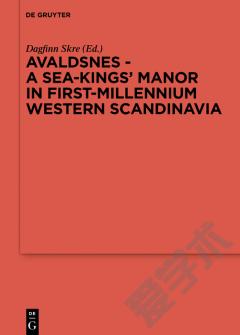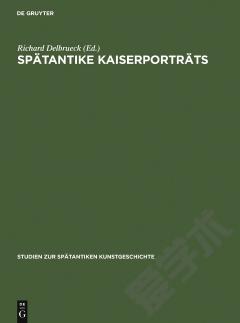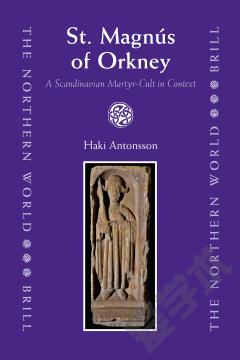Avaldsnes - A Sea-Kings' Manor in First-Millennium Western Scandinavia
The Avaldsnes Royal Manor project explores early kingship in Northern Europe, spanning the period c. AD–1320 AD. The principal case is the Norwegian kingdom and the core site is Avaldsnes near Haugesund, Western Norway. 9th–10th century skaldic poems as well as 13th century sagas implies that Avaldsnes was the principal Viking Age royal manor. The site has produced numerous exquisite gravefinds from the Roman period onwards. Among them are the third century Flaghaug grave and two ship graves from the late 8th century. Also, the Oseberg ship, excavated near Oslo, is now proven to have been built c. 820 near Avaldsnes. The Museum of Cultural History, University of Oslo, excavated the Avaldsnes settlement in 2011–12. A team of 23 scholars from prominent academic institutions, including the University of Cambridge and University College London, participate in the research. This first of two volumes contains their results regarding the manor and its setting on the island of Kǫrmt by the Norðvegr, the sheltered sailing route along the West-Scandinavian coast. Together, the chapters produce a detailed 1000-years’ history of a complex central-place area, its monuments and buildings, its activities and functions, its blooming and fading, and eventually its downfall in the 14th century.
{{comment.content}}








 京公网安备 11010802027623号
京公网安备 11010802027623号